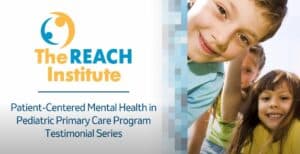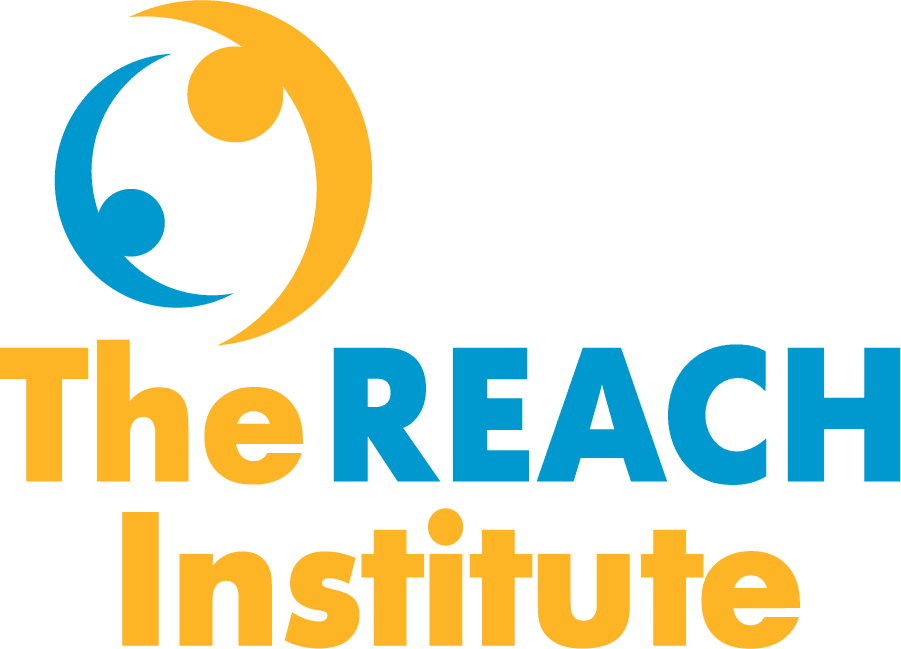Building family resilience
- July 23, 2020
- The REACH Institute
- Parents, Pediatric primary care Trauma,

“Families provide a kind of protective membrane for children when crazy things are happening around them,’ said William Saltzman, PhD. Dr. Saltzman, a faculty member of the REACH program Child/Adolescent Training in Evidence-Based Psychotherapies, was one of three presenters for the July 20 REACH webinar on helping families navigate lockdown and reopening.
“Families really have been on the front line throughout the pandemic,’ Dr. Saltzman said. “It’s been a rollercoaster ride from the beginning, with abrupt school shutdowns; the exhaustion of becoming the 24/7 caregiver, teacher, playmate, and breadwinner; and now having to figure out largely on their own how to navigate the upcoming school year.”
Dr. Saltzman noted that the parents he works with feel that they are in an “impossible situation.” Absent clear plans on how to safeguard children’s safety in schools, and given the broad shortcomings of online teaching, with losses in critical services for children with a range of needs, there seem to be no good options.
In this context, family resilience is crucial. Dr. Saltzman described the role that families can play in helping all members withstand, rebound from, and even thrive during these difficult times. Pediatric primary care providers (PCPs) are in an especially good position to help parents prioritize ways of functioning that can enhance their family’s resilience.
Resilient parents practice self-care.
During times of threat and crisis, parents usually feel that they have to put themselves last in their flurry of activity on behalf of their children. Research has shown that parents are the “tentpoles” of the family; their ability to adapt is predictive of children’s well-being. “Caregivers need to put on their own oxygen mask first,” Dr Saltzman said.
PCPs can check in with caregivers — if possible, without the children — to ask honestly how they are doing. The intent is to normalize their distress and worry — even a sense of failure or exhaustion — and to validate their concerns and reactions. For example, the PCP might say, “It makes sense that you feel worried and a little sad when you see your son spending so much time alone in his room.”
This encounter can be brief. PCPs need not feel they have to solve the problems caregivers share. The act of skillful and empathic listening, letting parents knows they are heard and understood, is an intervention in and of itself.
Next, PCPs can help caregivers develop expectations for themselves and their children that fit the current situation. Parents who are used to filling up their children’s schedules and maintaining high academic standards may find it hard to let go of pre-pandemic expectations. These expectations can cause great duress and needlessly add to the shared stress burden.
PCPs can help parents think about the difference between ideal and realistic goals and find opportunities to be flexible. They can reassure parents that most of the lost opportunities during the pandemic represent temporary disruptions rather than permanent derailments of development.
Resilient families maintain their routines and structures.
A simple way to check on the health of the family system is to ask parents and children about daily routines such as meals and bedtimes. Children do better in uncertain conditions if the home maintains as much normalcy as possible, with consistent daily care routines, rituals and celebrations, and family roles.
Resilient families communicate.
During stressful times of change, children often find out about potentially scary situations from media or rumors. Caregivers must be mindful of what children know so they can try to manage the information. The goal is to ensure that the information children receive is as accurate as possible and yet developmentally appropriate for their ages. PCPs can advise caregivers about what and how much to tell.
PCPs can help parents to allow children to express a range of emotions, even ones the parents find upsetting. They can validate the importance of simply listening to the child in an open manner without imposing an agenda or needing to fix a problem. The caregiver can then talk with the child so that, together, they can make sense of troubling thoughts, feelings, or concerns.
Resources
Check out the recording of the July 20 webinar From Lockdown to Reopening: Helping Children and Families Navigate the Next Phase with Dr. Lisa Blum, Dr. Molly Scharf, and Dr. William Saltzman.
Learn more about how to foster family resilience from these resources recommended by Dr. Saltzman.
For families
COVID-19 Resources from the National Child Traumatic Stress Network
When the World Feels Like a Scary Place: Essential Conversations for Anxious Parents and Worried Kids, a new book by Abigail Gewirtz, PhD (Workman, 2020)
For PCPs
Supporting Children and Adolescents During COVID-19, slides from a July 22 webinar by the CDC
Enhancing Family Resilience Through Family Narrative Co-construction (abstract), a 2013 article by Dr. Saltzman and colleagues in Clinical Child and Family Psychology Review, vol. 16
For both
COVID-19 Pandemic Response Resources from the Center for the Study of Traumatic Stress
Categories
- ADHD
- Anti-racism
- Anxiety
- Assessment & screening
- Autism
- Child mental health
- Coding
- Cognitive behavioral therapy
- College transition
- Culturally responsive
- Depression
- Eating disorders
- Foster care
- Grief
- High-risk children & youth
- LGBTQIA
- Medication
- Parents
- Patient communication
- Pediatric primary care
- School refusal
- Sleep disorders
- Suicide
- Trauma
- Show All Categories
Register for courses
“The REACH Institute Video Testimonial: Jasmin  ”
”
